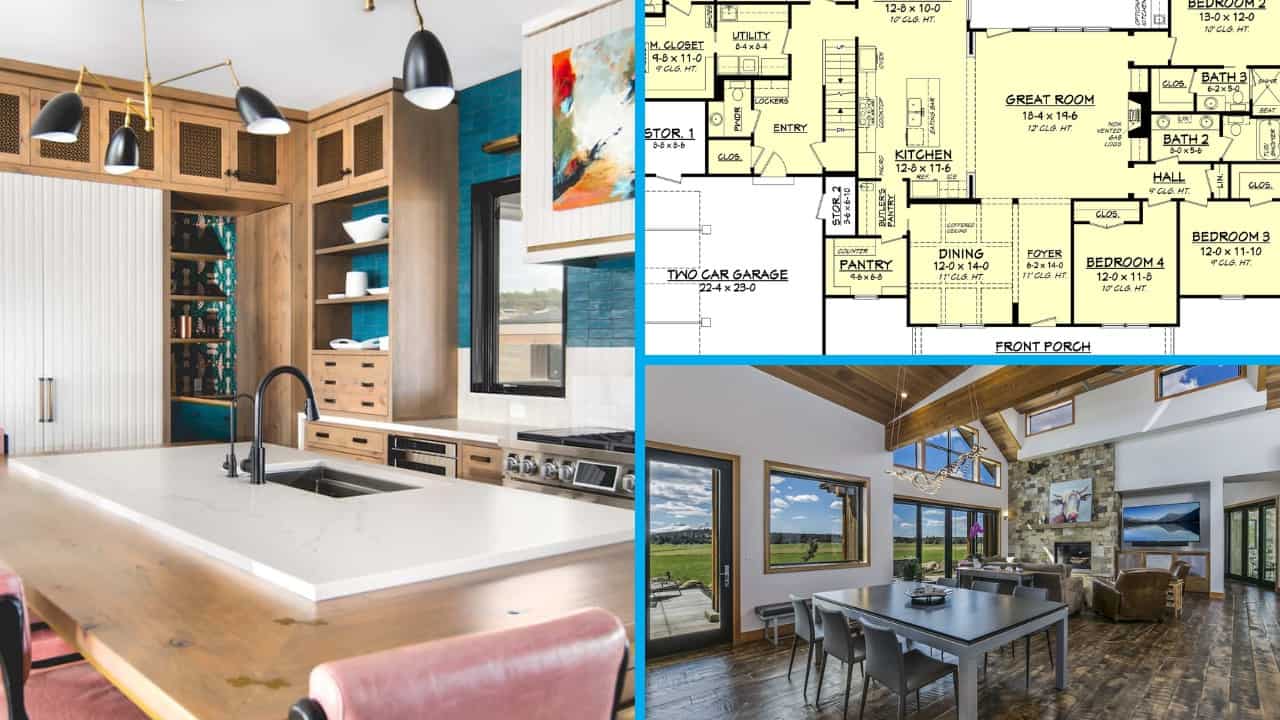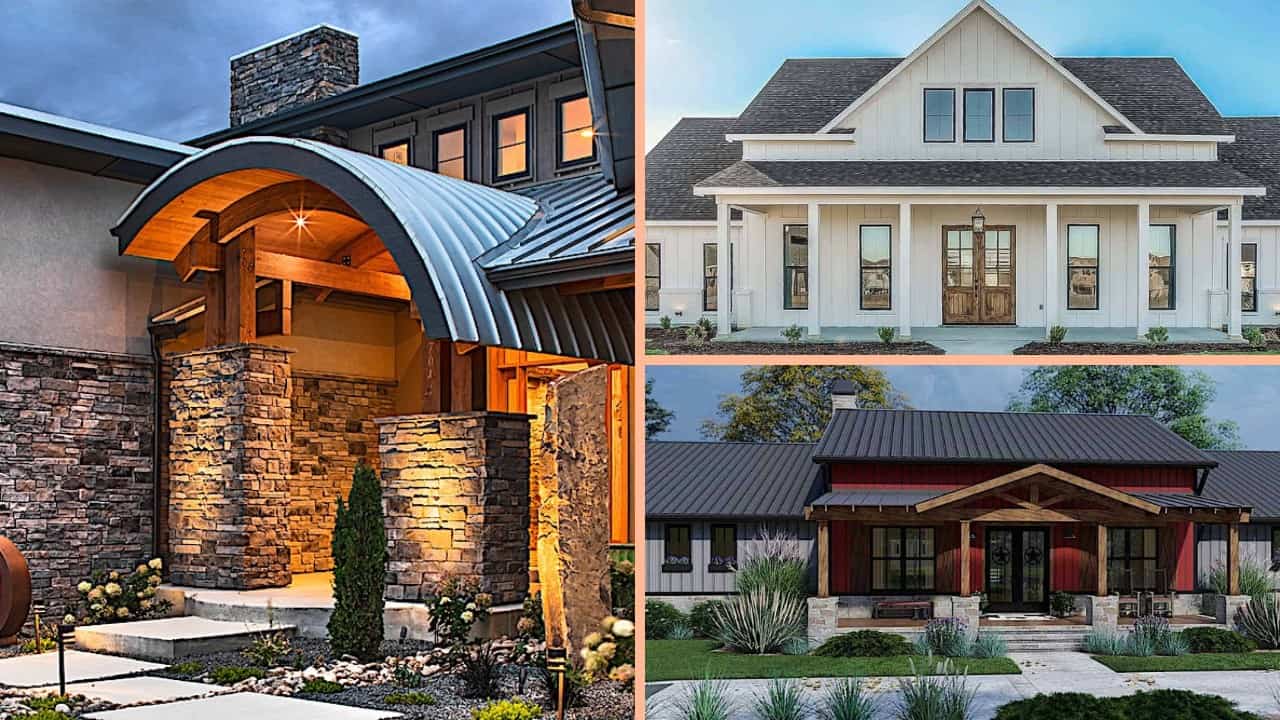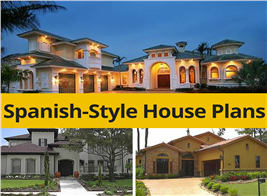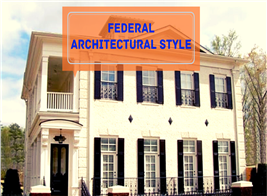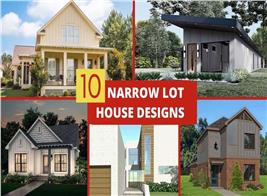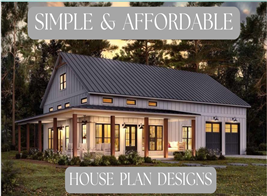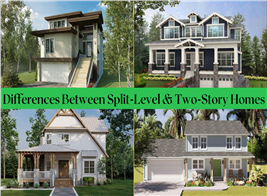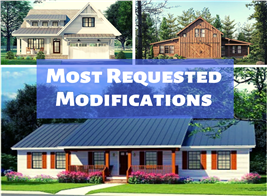The Arts and Crafts Home Style: A Revival of Traditional and Artistic Craftsmanship
By Rexy Legaspi | Updated May 20, 2022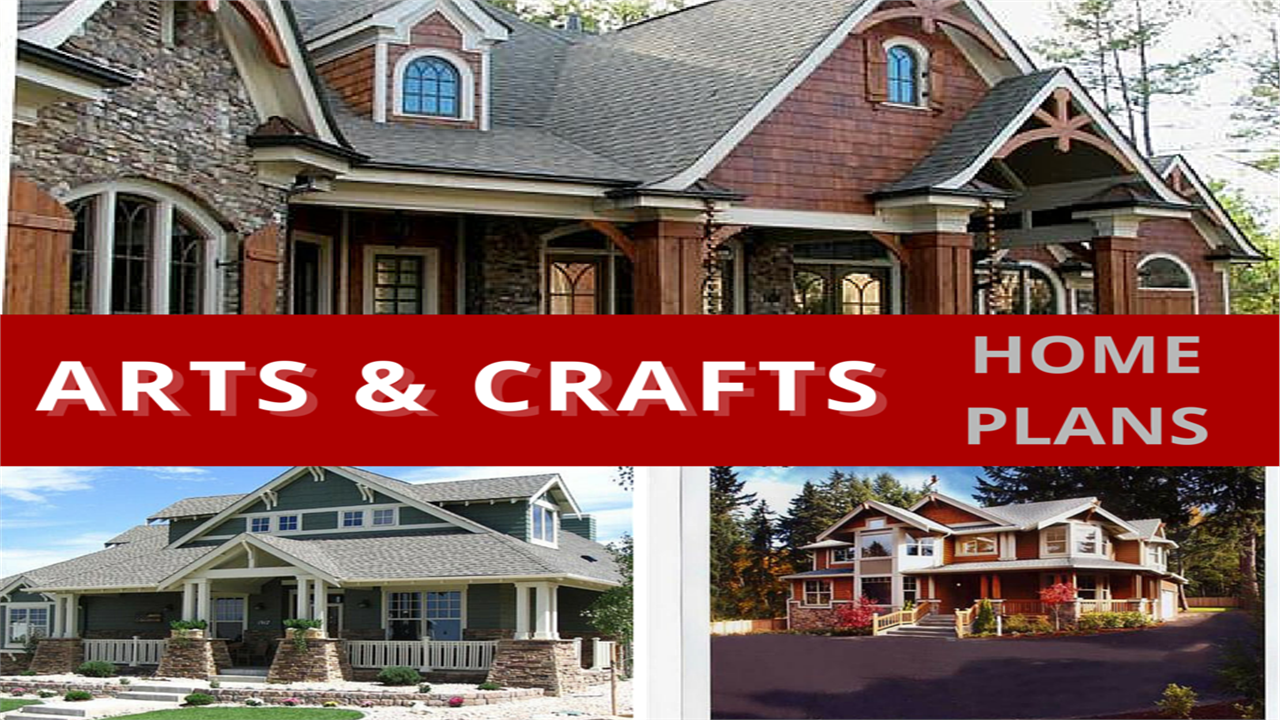
Simple Elegance and Beautiful Handicrafts Define the Arts & Crafts Home
It was a philosophy that had a tremendous impact on American architecture.
With the Industrial Revolution in full force in England, factories grew by the numbers, and mass production became the standard. A group of British artists and writers led by William Morris launched the Arts &Crafts Movement—which began in 1860 and lasted through 1930. This protest against the opulent Victorian Era and the machine-dominated Industrial Age revived interest in the simplicity and beauty of nature and the use of handicrafts and natural materials in architecture and art.

(Photo credit: Philip Webbs Red House in Upton by Ethan Doyle White used under CC BY-SA 3.0)
Key Elements of the Arts & Crafts Style
As a statement against the over-decorated Victorian style and the Industrial Ages mass production, the Arts & Crafts style emphasized creativity, simple forms, clean lines, sturdy structures, natural materials, and handcrafted objects. The result was elegance and beauty in the style’s simplicity and originality.
Some of the features that distinguish the Arts & Crafts style:
1. Natural materials—Handcrafted stone or woodwork and mixed materials are used in the exterior and interior of the home.
2. Handcrafted furniture and objects emphasize crafting and working with one’s hands instead of using machines.
3. Well-designed and affordable built-in furniture
4. Porches with squared-off columns
5. Shallow roof with wide eaves
6. Exposed wood beams inside
7. Open floor plans—A wide, uncluttered space with unobstructed views creates a sense of calm and peace in the home.
8. Fireplace
Origins in the U.S.
Not too long after its establishment in England, the Arts & Crafts movement wielded its influence on France, Germany, and the United States. While the British spurned machines and industrialization, American architects combined the artistic and modern as they brought refreshing new ideas to the American home.
As the 1900s unfolded, American architects—from coast to coast—began constructing Arts & Crafts-style homes that were beautiful, decorative, and functional. The core ideals of simplicity, clean lines, balance, harmony with nature, and traditional handicrafts engendered other Arts & Crafts styles like the Craftsman, Prairie, California Mission, American Bungalow, and American Foursquare.
Arts & Crafts Derivative Styles
Craftsman
The most popular offshoot of the Arts & Crafts style, the Craftsman home plan derived its name from The Craftsman, a popular magazine founded in 1901 by Gustav Stickley, a trained stonemason famous editor, and furniture designer/maker who was the main proponent in the U.S. His style embraced the principles that attracted him to the Arts & Crafts Movement—simplicity, natural materials, and handcrafted artistry over the machine-produced. The home he designed and built for his family in Morris Plains, NJ, embodies all those ideals.

(Photo credit: Craftsman Farms by English Wikipedia user Daniel Case under CC BY-SA 3.0)
(Photo credits: Daderot under CCO 1.0)
American Craftsman houses have low-pitched gable or hip roofs with wide eaves, exposed rafters, or decorative brackets under the eaves. Tapered, square columns support the roof of the covered front porch beneath the extension of the main roof. Handcrafted stone or woodwork and mixed materials are used throughout the structure. Other features include open floor plans, exposed interior beams, built-in cabinets/shelves, and numerous windows.
While Stickley is credited for the Craftsman name, the style was perfected by transplanted Californians Charles Summer and Henry Mather Greene. The Ohio-born Greene brothers formed the firm of Greene and Greene in Pasadena and flourished as architects. They built most of their homes, including the Gamble House, between 1907 and 1909. Impressed by Japanese minimalist architecture, they designed houses that combined Arts & Crafts ideals with the simple wooden architecture of China and Japan. The brothers studied woodworking, metalworking, and toolmaking, and at the urging of their father, they studied architecture at MIT and learned traditional classic styles.

(Photo credit: Gamble House, Pasadena by Diane Kane, Caltrans)
American Bungalow
As the Greene brothers popularized the Craftsman plan in Southern California, the other side of Pasadena witnessed the birth of another Arts and Crafts style—the simple, smaller, less formal, economical, and extremely popular American Bungalow. Bungalows are typically one or one-and-a-half-story homes with wide front porches, gable roofs, and open floor plans. Like the Craftsman plan, the Bungalow has tapered columns that support the porch. Although modest-looking from the exterior, Bungalows can be spacious because of the open living area.
(Please click here for more information on The Plan Collection’s Bungalow style.)
(Photo credit: Pasadena Museum of History, Photo Archives)
Prairie
While the East and West Coasts focused on Craftsman and Bungalow homes, Frank Lloyd Wright, inspired by the flat expanse of the Midwest, began designing homes that extolled the beauty of the prairie. Wright and his Chicago Group built houses that mixed the functional with the beauty of the natural environment. Prairie-style homes are constructed close to the ground, with sweeping horizontal lines, low-pitched roofs, and overhanging eaves.
It was actually the first style to open up interior spaces—breaking down hallways, walls, and doors that separated the kitchen/dining and living room areas. With no walls, the interior was one open and harmonious space—just like the wide Prairie.
(Please click here for more information on The Plan Collection’s Prairie House Plans.)
California Mission
Like the other Arts & Crafts derivative styles, California Mission home plans are characterized by stucco or rock exteriors, low-pitched gable (or flat) roofs, and exposed rafters. Some Mission-style homes may feature large square pillars and arched doorways and windows.
American Foursquare
The American Foursquare is mostly influenced by Frank Lloyd Wright’s down-to-earth Prairie style, combining both Craftsman and Colonial Revival elements. Distinguished by its box-like shape and shallow hip roof, the Foursquare is typically two stories, with a covered porch (sometimes wraparound) and a centered entryway with the same number of windows on each side.

(Photo credit: American Foursquare Home Marysville by Wiki Historian N OH of English Wikipedia under CC BY-SA 3.0)
With its simple elegance and classic lines, the Arts & Crafts style continues to charm a new generation of Americans. In the 21st century, this creative and original style is still alive and well!
Footnote: The lead image (upper) in this article is from a one-story, three-bedroom Arts & Crafts-style home. For more details, view: (Plan # 106-1276)























